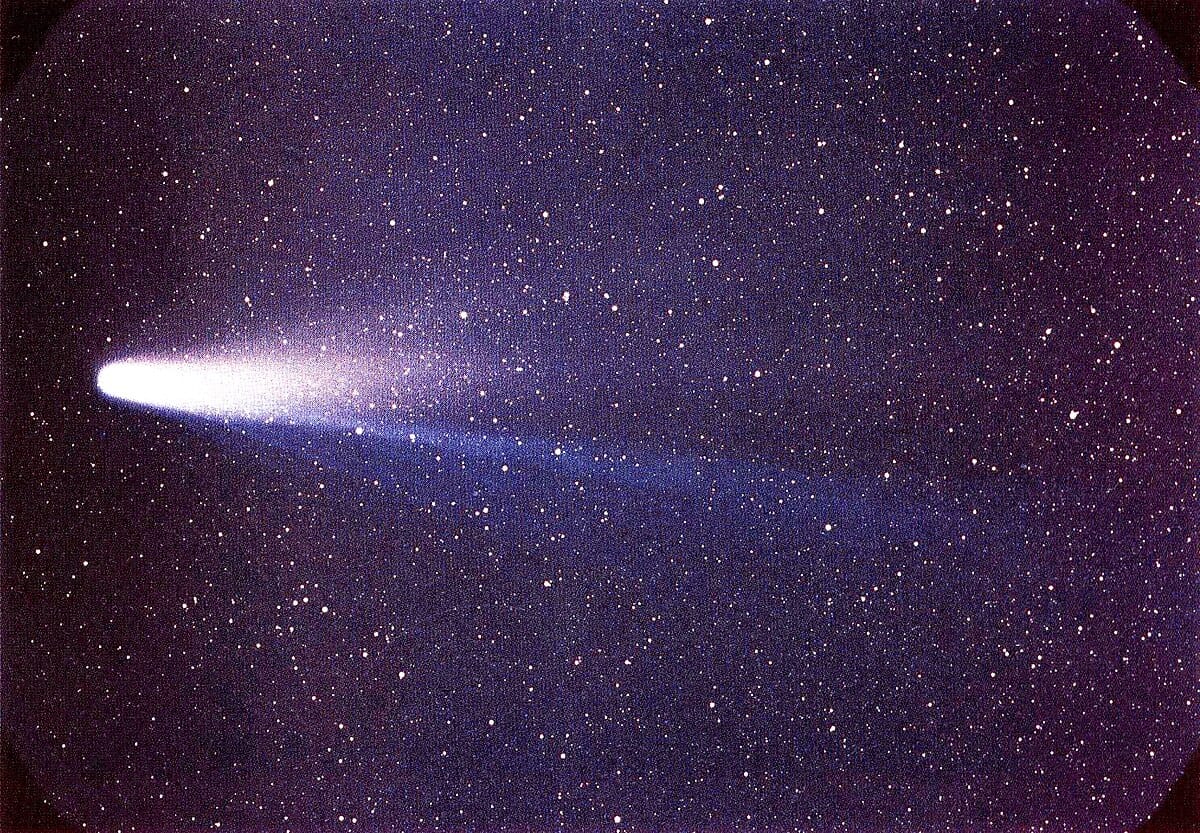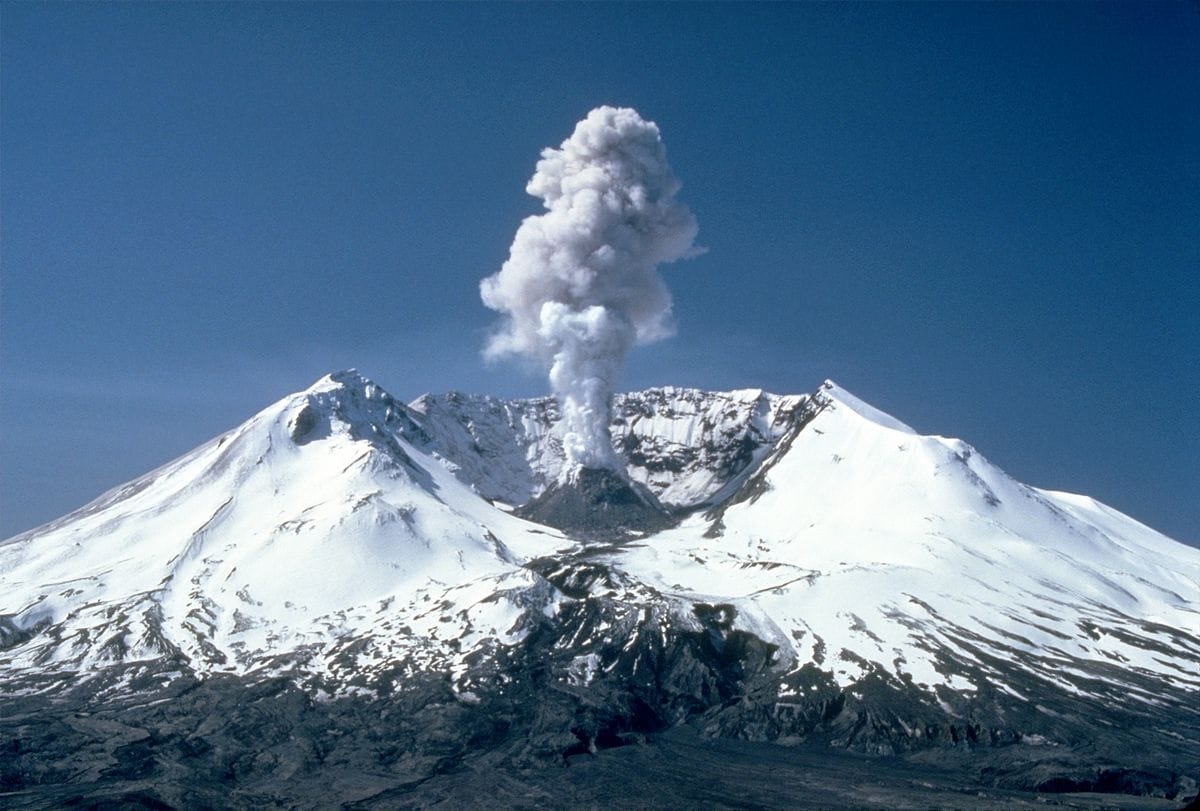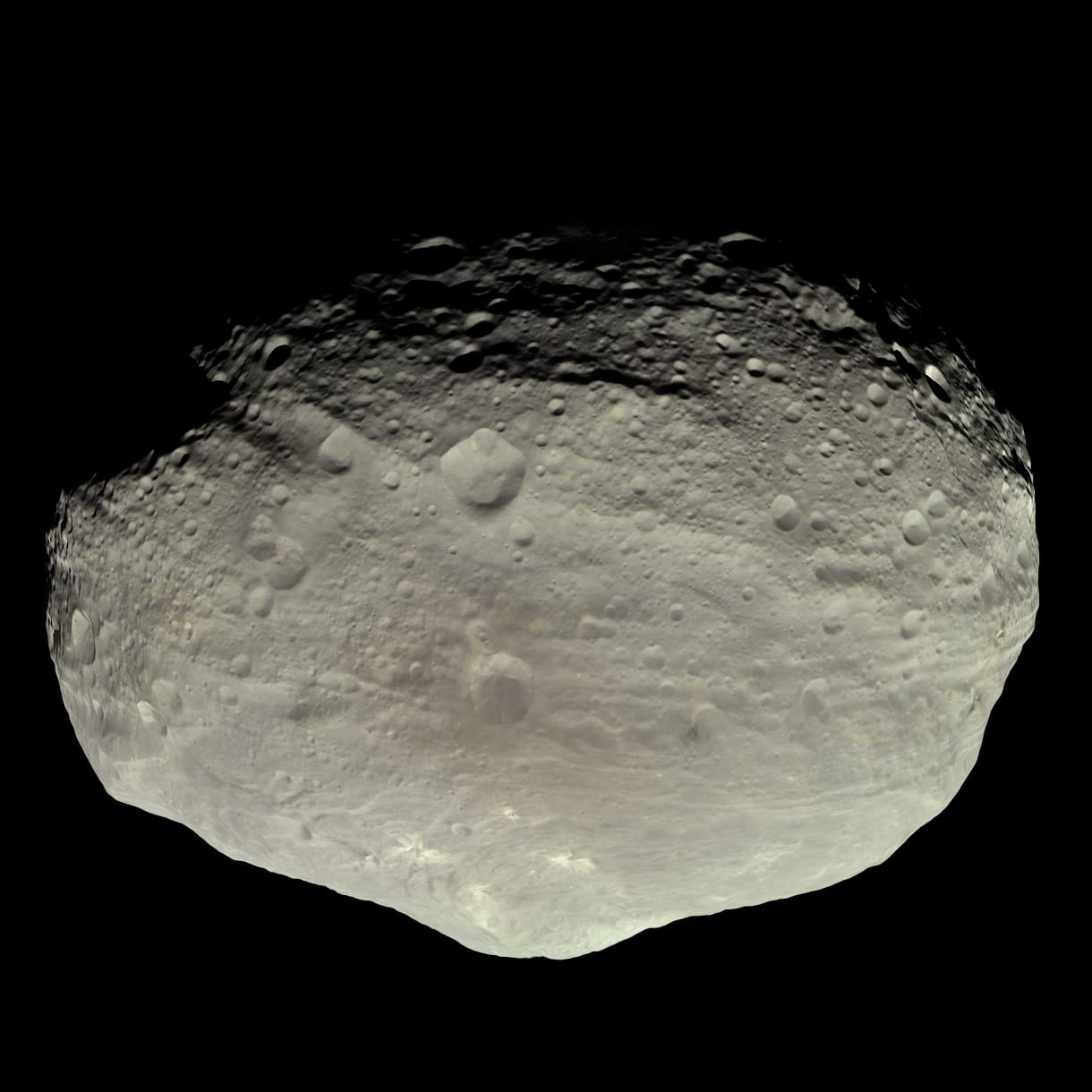Earth's Watery Origins: A Mystery
Humans are intrinsically tied to a watery existence, living on a planet where roughly 70% of the surface is swathed in water. From the moment of birth, with babies comprising about 78% water, to adulthood, where our bodies maintain up to 60% water by weight, our survival is intricately linked to this essential compound. The axiom "Water, water everywhere" prompts a pivotal question of cosmic significance — from whence did this water originate? Unraveling the answer sheds light not only on the genesis of life on Earth but also informs our expectations for the discovery of water on distant worlds, including the myriad of exoplanets scattered across the galaxy.
The quest to trace Earth's water back to its origins is a story that transcends the mere existence of terrestrial bodies of water, unfolding into a cosmic saga that predates the formation of our solar system. It's a narrative that captures the early, chaotic epochs of the solar system, characterized by the nascent dance of gas, dust, and ice around the newly ignited Sun, within the protoplanetary disk that served as the stage for the birth of planets.
Theories abound regarding how Earth acquired its water, broadly categorized into two notions: either the planet was formed with the molecular precursors to water embedded within it or it was the later arrival of water-rich space rocks, such as asteroids and comets, that endowed Earth with its oceans and rivers. These hypotheses, far from being mutually exclusive, suggest that Earth's water may have been sourced through multiple celestial avenues. This complexity adds layers to our understanding but also reflects the dynamic nature of scientific inquiry, as models of the early solar system's evolution and Earth's aqueous inheritance are continually refined and reimagined.
How did water arrive on Earth?
Our story begins within this protoplanetary disk, where the conditions for the birth of planets and the seeds of water were set. The disk, a chaotic mixture of gas and dust, was the cradle of planet formation. As a star ignited, bathing solar-systems in light and heat, the temperature gradients within this disk played a crucial role in determining where different materials would condense into solid forms. Close to a star, metals and rocky materials could withstand the heat, eventually clumping together to form the terrestrial planets, including Earth.
However, in the early solar system, the region where Earth now orbits was far too hot for water to remain in liquid form. The intense heat from the newly formed Sun caused water molecules present in the disk to vaporize, preventing them from condensing onto the forming Earth. This inferno-like environment posed a significant challenge to the notion that Earth's water could have originated from the disk directly.
Earth's Mysterious Aquatic Origins
The quest to understand how Earth became a verdant oasis in the vastness of space is a journey that takes us back over 4 billion years, to the tumultuous era of the Hadean Eon. With 326 million trillion gallons of water gracing our planet, the question of its origins tantalizes scientists and laypeople alike. Among the myriad theories proposed, three stand out, each offering a unique perspective on how Earth came to possess its life-sustaining waters.
The Celestial Ice Bearers: Comets

One of the oldest theories posits that comets, those icy voyagers of the solar system, were the primary delivery system for Earth's water. The vast reaches of space beyond Neptune, including the Oort Cloud, are rich in ice, having remained untouched by the Sun's warmth. This frozen reservoir could theoretically have supplied Earth with its water through comet impacts. The allure of this theory is its simplicity, as it requires comets to transport only a minuscule fraction of their mass to Earth.
However, the devil lies in the details — specifically, the isotopic signature of water. Earth's water exhibits a particular ratio of deuterium, known as "heavy water," to regular water. While studies of comets, such as those conducted by the Rosetta mission, have revealed higher ratios of deuterium, suggesting a mismatch with Earth's waters, not all comets share this characteristic. This discrepancy has led scientists to reconsider the comet theory, acknowledging that while comets may have contributed to Earth's water, they might not be the sole source.
The Internal Wellspring: Volcanic Outgassing

Turning our gaze inward, another theory suggests that Earth's water was not delivered from the cosmos but rather originated from within. The planet's mantle, rich in minerals containing hydrogen and oxygen, could have released water vapor through volcanic outgassing. This process, driven by tectonic activity and the intense heat of Earth's early years, would have seen water vapor accumulating in the atmosphere, gradually cooling, and eventually condensing into rain to fill the nascent ocean basins. The evidence of water locked within the Earth's rocks, continuously released through volcanic activity, supports this theory, offering a compelling argument that Earth's water may have been homegrown.
The Ice-Rich Asteroids

A third perspective focuses on asteroids as the carriers of Earth's initial water supply. Unlike the icy comets, asteroids, especially those mixed with ice, present a more isotopically compatible source of water with that found on Earth. This theory suggests that during the solar system's formation, water-rich asteroids could have collided with Earth, depositing their precious cargo. The advantage of this theory lies in the isotopic similarities between Earth's water and that found in certain meteorites, hinting at a shared origin.
A Confluence of Sources
As we delve deeper into the origins of Earth's water, it becomes increasingly clear that no single source can account for the entirety of our planet's aquatic wealth. The internal generation of water through volcanic outgassing, the external delivery by comets and asteroids, and the isotopic evidence all suggest a more nuanced story. Earth's water likely arrived through a combination of these processes, each contributing to the planet's transformation from a barren rock to a blue, life-sustaining world.
The understanding of Earth's water origins does more than satisfy our curiosity; it provides critical insights into the conditions necessary for life. As we explore exoplanets across the galaxy, the knowledge of how water can accumulate on a planet guides our search for other worlds where life might exist. From the icy bodies in the outer solar system to the volcanic heart of our own planet, the story of Earth's water is a testament to the dynamic and interconnected processes that shape our universe.
Modern Observations
The study of V883 Orionis, a young star with a planet-forming disk anomalously heated by a stellar outburst, offers a contemporary glimpse into the processes that might have led to the accumulation of water in planetary systems. The presence of gaseous water in this disk, observable thanks to the sensitivity of the ALMA telescope, echoes the early solar system's conditions and provides a living laboratory for understanding how water could be integrated into forming planets.
This cosmic journey of Earth's water, from the icy reaches of the outer solar system to the warm embrace of our planet, underscores the interconnectedness of the cosmos. The delivery of water by comets, asteroids, and volcanoes - the formation of planets in the fiery disk around a young star, and the ongoing discoveries that unveil these processes, all contribute to the fascinating story of how Earth became a habitable oasis in space.
